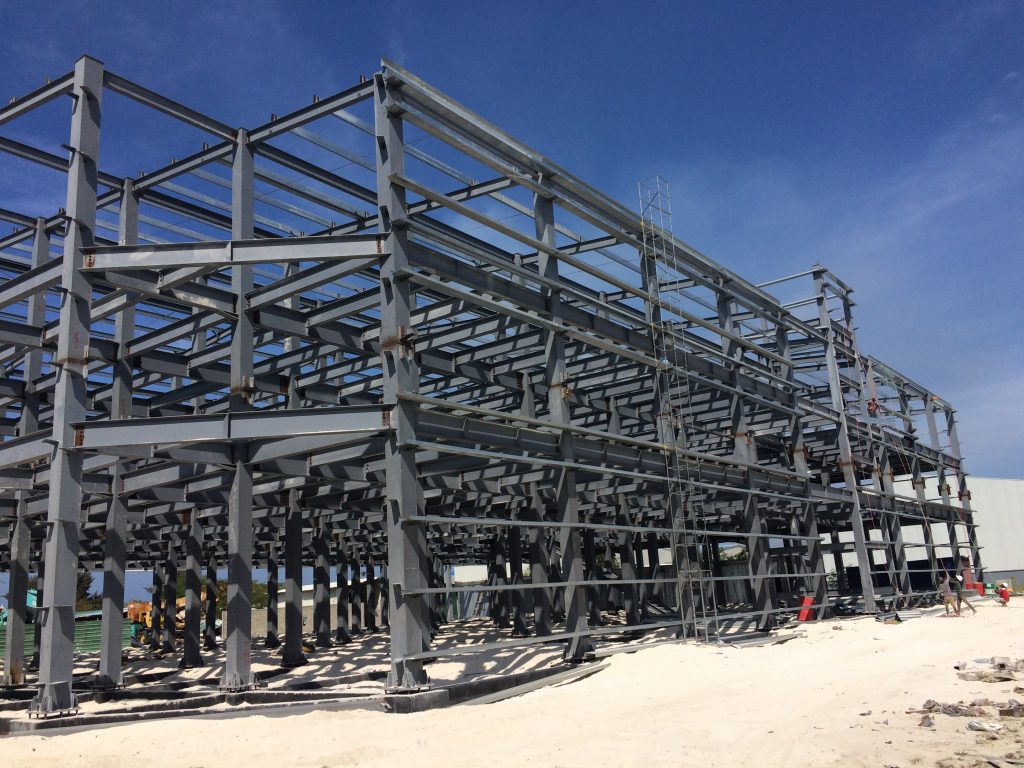Engineered steels containing sophisticated alloy combinations deliver higher strengths than traditional A36 grades while maintaining ductility. This enables more sustainable structures through material efficiency gains.
Advanced high-strength steels (AHSS) grades exceed 280 MPa in yield strength after forming and contribute to green building rating points. Higher-strength steels allow more slender, lightweight members to achieve the same performance of heavier designs.
Common AHSS types include dual-phase (DP), martensitic (MS), transformation-induced plasticity (TRIP) and complex phase (CP) steels. Each microstructure achieves different strength levels through alterations enhancing work-hardening.

DP steels achieve 490-760 MPa yield strengths through a soft ferrite matrix reinforced by a dispersion of martensite. MS steels exceed 760 MPa yield via a lath martensitic structure. TRIP steels attain up to 550 MPa through retained austenite transforming to martensite during deformation, enhancing ductility. CP steels surpass 960 MPa yield strength through a precipitation-hardened matrix.
Fabrication methods must account for strength and toughness. Cutting creates less scrap versus lower-strength steel. Cold forming bends plates without cracking, but requires lubricants maintaining strength. Welding adapts procedures for arc characteristics.
Design provisions address buckling behaviors at elevated stresses. Fatigue performance merits consideration in dynamic load cases. Fracture mechanics prevent brittle failure through toughness specifications. Connections introughen to develop members’ full capacity.
Lighter frames support identical loads. Structures require fewer members and foundations for equivalent performance compared to traditional designs. Reduced transportation and erection eases logistics.

Material recycling capabilities enhance AHSS sustainability. Scrap returns as feedstock without degrading properties through multiple melting cycles. Advanced grades contribute to LEED and regional green building programs through embodied carbon reductions from optimization.
Engineered steels continue driving sustainable design by enabling progressively lighter yet durable structures through sophisticated alloys maximizing material performance.

Related news
-
Reducing Construction Waste Through Prefabricated Steel Components
2023-09-07 14:57:39
-
Challenges of Erecting Steel in Constricted Urban Job Sites
2023-09-07 14:49:33
-
Designing Steel-Concrete Composite Floor Systems Effectively
2023-09-07 14:30:56
contact us
- Tel: +86-532-88966982
- Whatsapp: +86-13793209022
- E-mail: sales@lidajituan.com


